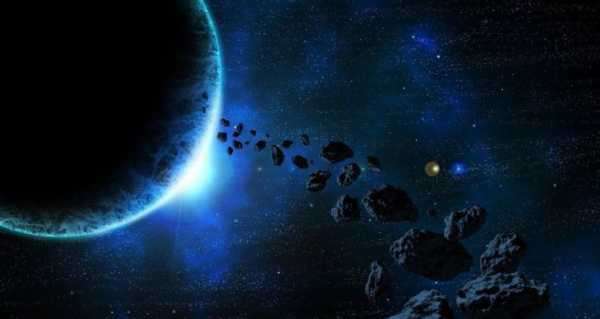
The first Earth trojan ever discovered was a sub-kilometer near-planet asteroid codenamed 2010 TK7, which precedes Earth in its orbit around the sun, oscillating at a dynamically stable location called a Lagrangian point.
A recently discovered object that orbits around the Sun the same way Earth does may prove to be a Trojan asteroid, astronomers believe, as reported by Science Alert.
Trojan asteroids are chunks of rocky minerals that while sharing the orbital path of larger bodies linger in gravitationally calm regions commonly referred to as Lagrangian points: there are all in all five between the Earth and the Moon, as well as another five between our planet and the Sun. The bodies are potentially promising destinations for space travel, as they are believed to be loaded with elements rare on Earth’s surface, researchers say, as cited by Space.com.
Lagrangians can also capture space rocks, and the phenomenon is well-known in the Solar System, with Jupiter believed to have the most trojans.
Earth’s confirmed trojan, named 2010 TK7, is nearly 1,000 feet (300 meters) across and is the first in its category.
The new object, which bears the name 2020 XL5 and was first observed in November and December of 2020, seems to be similar.
According to budding astronomer Tony Dunn, who estimated the object’s trajectory using NASA’s JPL-Horizons software, the rock, too, librates around the Earth-Sun L4 Lagrangian, forming a loop close to Mars’s orbit, as well as intersecting the orbit of Venus.
According to Dunn’s simulations, over a few thousand years, the asteroid will pass above and below the orbital area of Venus when it intersects, thereby preventing the planet from disrupting its orbit.
Eventually, however, gravitational interactions are reportedly supposed to move it away from the L4 point. The theory is underpinned by simulations run by another amateur astronomer, Aldo Vitagliano, who created the Solex and Exorb orbital determination technique.
“I have downloaded the nominal elements and their covariance matrix from the Neodys site, thereby generating 200 clones of the body. All the 200 clones, integrated up to AD 4500, although becoming spread over an orbital arc of more than 120 degrees, keep librating around the L4 point.
The first clone jumps over the L3 point around year 4500, and by year 6000 many of them have done the jump and a few of them are librating around the L5 point”, he explained.
Sourse: sputniknews.com






